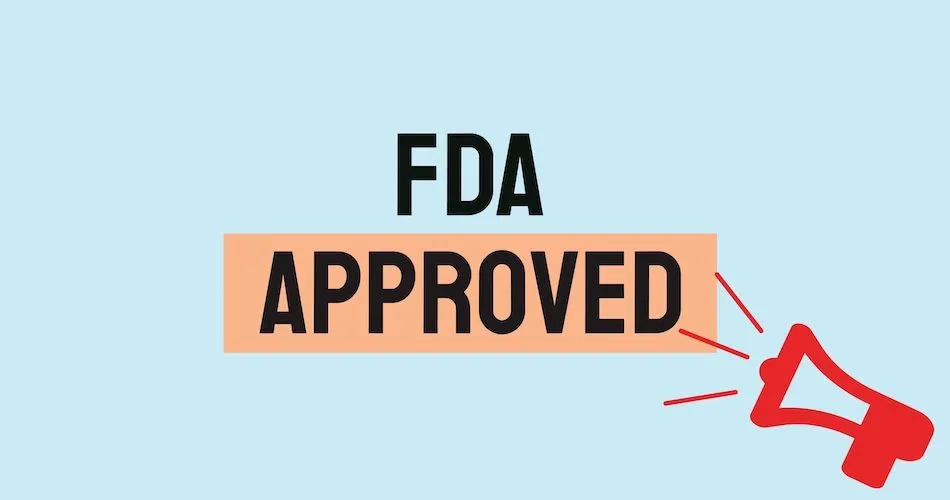What is Acute Myeloid Leukemia (AML)?
What is AML?
Acute myeloid leukemia (AML) is a type of cancer that starts in the bone marrow (the soft inner part of certain bones, where new blood cells are made), but most often it quickly moves into the blood. It can sometimes spread to other parts of the body including the lymph nodes, liver, spleen, central nervous system (brain and spinal cord), and testicles.
Why Is It Called AML?
- The word “acute” refers to a disease that progresses quickly
- Myeloid refers the the type of blood cells affected
- Leukemia refers to starting in a blood-forming tissue (bone marrow)
What are the Types of AML?
AML is not a single disease. It is the name given to a group of leukemias that develop in the myeloid cell line in the bone marrow. Myeloid cells are red blood cells, platelets, and all white blood cells excluding lymphocytes. In AML, the myeloid cells in the bone marrow are affected, leading to a reduction in the number of white blood cells, red blood cells, and platelets.
There are many different types of AML. Most are based on how mature (developed) the cancer cells are at the time of diagnosis and how different they are from normal cells. Here are some of the types:
- Acute promyelocytic leukemia (APL)
- Acute myeloblastic leukemia (AML) with maturation
- Acute myeloblastic leukemia (AML) without maturation
- Acute myelomonocytic leukemia (AMML)
- Acute monocytic leukemia (AMoL)
- Acute erythroid leukemia (AEL)
- Acute megakaryoblastic leukemia (AMKL)
What Causes AML?
The exact cause of AML is not known, but several factors have been associated with an increased risk of the disease. These include:
- Previous treatment with chemotherapy or radiation
- Exposure to certain chemicals, such as benzene
- Exposure to high levels of radiation
- Certain blood disorders, such as myelodysplastic syndrome
- Certain genetic disorders, such as Down syndrome
However, most people with AML have no known risk factors, and many people who have risk factors do not develop the disease. It's important to note that AML is not a contagious disease - it cannot be passed from person to person.
Who is at Risk for AML?
According to the National Cancer Institute, there will be an estimated 20,380 new cases of AML in 2023, making up 1% of all new cancer diagnoses. In 2020, there were an estimated 73,168 people living with AML in the United States. AML is generally a cancer of older individuals and is uncommon before the age of 45, although it can occur in children. The average age of people diagnosed with AML is 68. AML is slightly more common in males than females.
Stay Informed with HealthTree News
Explore the latest news, including patient stories, treatment breakthroughs, and expert insights so you can make confident, informed decisions.
What is AML?
Acute myeloid leukemia (AML) is a type of cancer that starts in the bone marrow (the soft inner part of certain bones, where new blood cells are made), but most often it quickly moves into the blood. It can sometimes spread to other parts of the body including the lymph nodes, liver, spleen, central nervous system (brain and spinal cord), and testicles.
Why Is It Called AML?
- The word “acute” refers to a disease that progresses quickly
- Myeloid refers the the type of blood cells affected
- Leukemia refers to starting in a blood-forming tissue (bone marrow)
What are the Types of AML?
AML is not a single disease. It is the name given to a group of leukemias that develop in the myeloid cell line in the bone marrow. Myeloid cells are red blood cells, platelets, and all white blood cells excluding lymphocytes. In AML, the myeloid cells in the bone marrow are affected, leading to a reduction in the number of white blood cells, red blood cells, and platelets.
There are many different types of AML. Most are based on how mature (developed) the cancer cells are at the time of diagnosis and how different they are from normal cells. Here are some of the types:
- Acute promyelocytic leukemia (APL)
- Acute myeloblastic leukemia (AML) with maturation
- Acute myeloblastic leukemia (AML) without maturation
- Acute myelomonocytic leukemia (AMML)
- Acute monocytic leukemia (AMoL)
- Acute erythroid leukemia (AEL)
- Acute megakaryoblastic leukemia (AMKL)
What Causes AML?
The exact cause of AML is not known, but several factors have been associated with an increased risk of the disease. These include:
- Previous treatment with chemotherapy or radiation
- Exposure to certain chemicals, such as benzene
- Exposure to high levels of radiation
- Certain blood disorders, such as myelodysplastic syndrome
- Certain genetic disorders, such as Down syndrome
However, most people with AML have no known risk factors, and many people who have risk factors do not develop the disease. It's important to note that AML is not a contagious disease - it cannot be passed from person to person.
Who is at Risk for AML?
According to the National Cancer Institute, there will be an estimated 20,380 new cases of AML in 2023, making up 1% of all new cancer diagnoses. In 2020, there were an estimated 73,168 people living with AML in the United States. AML is generally a cancer of older individuals and is uncommon before the age of 45, although it can occur in children. The average age of people diagnosed with AML is 68. AML is slightly more common in males than females.
Stay Informed with HealthTree News
Explore the latest news, including patient stories, treatment breakthroughs, and expert insights so you can make confident, informed decisions.
Trending Articles
Get the Latest Acute Myeloid Leukemia Updates, Delivered to You.
By subscribing to the HealthTree newsletter, you'll receive the latest research, treatment updates, and expert insights to help you navigate your health.
Together we care.
Together we cure.
3x Faster.




